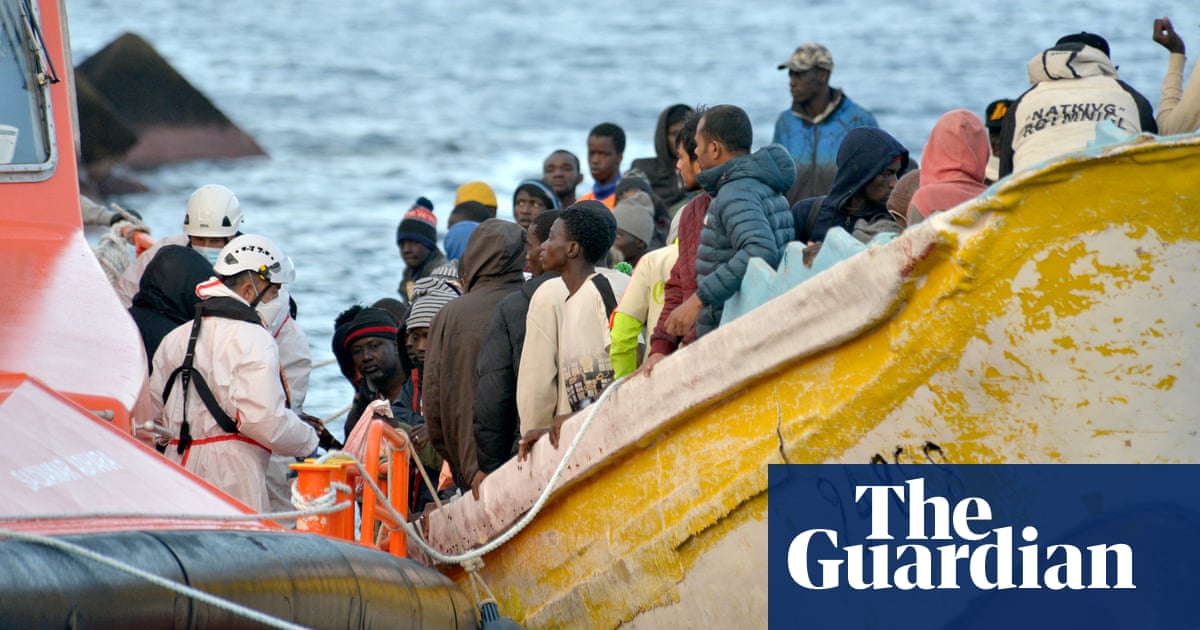
More than 100 people are still missing after smugglers apparently forced migrants to leave their boats and swim in the Red Sea off the coast of Djibouti, the International Organization for Migration has said.
Forty-eight people have so far been confirmed dead after the incident on Monday, which involved two boats that had left Yemen for Djibouti with a total of 310 people onboard, said Frantz Celestin, a regional director at the UN agency. “Unfortunately, we have yet to account for about 108 of the migrants,” he said.
A search and rescue mission is ongoing, led by the Djiboutian coastguard and other Djiboutian authorities.
The incident happened 150 metres from a beach in the administrative district of Khor Angar, in the country’s north-west. One boat was carrying 100 people, of whom 99 survived, while the other had 210.
It is not clear why the smugglers forced the passengers out of the vessels. Celestin said they were probably “spooked” by the coastguard or they wanted to go back to pick up more people.
The route between the Horn of Africa and Arab peninsula is one of the busiest migration paths in the world. Each year hundreds of thousands of people, mostly Ethiopians and Somalis, use it to reach Gulf countries, mainly Saudi Arabia. Some have been forced out of their communities by conflict and natural disasters, and others move to seek work and other economic opportunities. “They’re looking at addressing their aspirations,” Celestin said.
The eastern route accounts for most of the migratory movement from the Horn of Africa. The other main ones are the northern route to north Africa and Europe, and the southern route to southern Africa.
The eastern route differs from the others because it is more likely to involve temporary movement patterns, for example people migrating to Saudi Arabia to work for a short period of time and then coming back, said Ayla Bonfiglio, the regional head for eastern and southern Africa at the Mixed Migration Centre, a research organisation.
The route is also one of the most dangerous globally, with some people dying from walking long distances in searing heat and others from the capsizing of boats that smugglers have crammed them on to in the Red Sea and the Gulf of Aden.
Monday’s tragedy was the second deadliest on the eastern route sea crossing and it made this year the deadliest for migrant sea crossings on the migration corridor, the IOM said. In June, 196 people died on the path.
“The deaths and the tragedies that we see along this route are devastating,” Bonfiglio said.
Celestin said there were probably a lot more such incidents that were not reported. “The smugglers don’t have an incentive to report such things,” he said.











